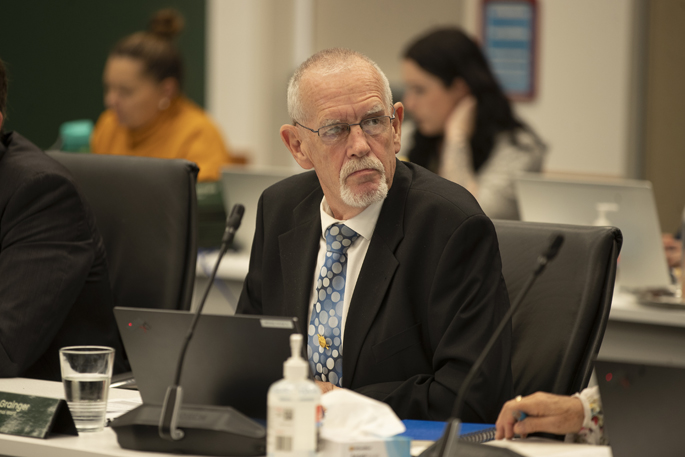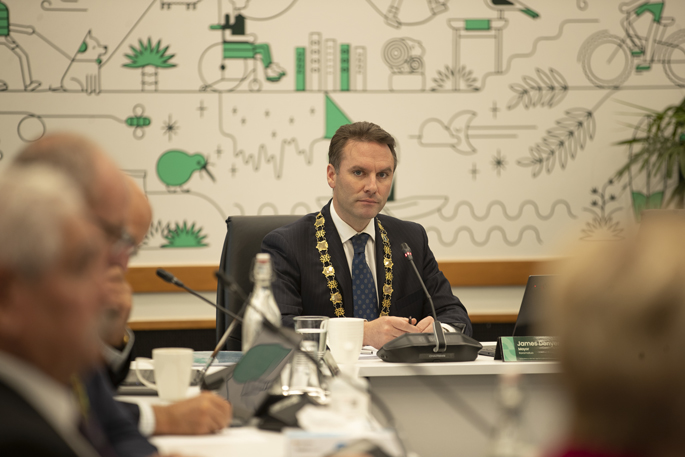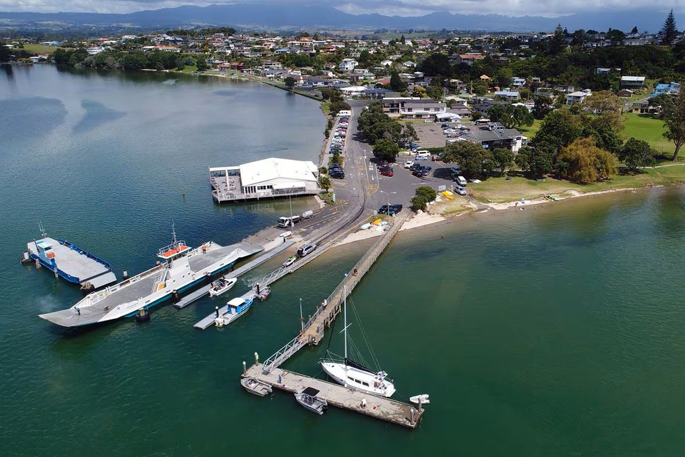The government has made recommendations on planning rules that will allow for more houses to be built in two Western Bay of Plenty towns.
Under the new rules, greater housing density will go ahead in the high growth areas of Ōmokoroa and Te Puke. These areas are projected to have populations over 10,000 in coming years.
The decision was described as “rational and reasonable” by a Western Bay of Plenty councillor.
Western Bay of Plenty District Council adopted Plan Change 92 Enabling Housing Supply in March, but suggested changes to four recommendations.
The recommendations were from the independent hearings panel that heard submissions on the plan change.
The council chose to reject four recommendations about indoor railway noise and vibrations, rezoning land in Ōmokoroa future urban not industrial, and rezoning other private Ōmokoroa land future urban not natural open space.
These were referred to the Minister of RMA Reform, Chris Bishop, who released his decision on Friday.
Bishop accepted two of the council’s recommendations and rejected two.
 Minister Chris Bishop released his decision on Friday. RNZ / Angus Dreaver.
Minister Chris Bishop released his decision on Friday. RNZ / Angus Dreaver.
The two he accepted related to vibration and noise controls for houses near railways.
“I am not satisfied that there is sufficient evidence to support the introduction of proposed vibration controls recommended by the independent hearing panel,” says Bishop.
“In regard to noise sensitivity, I agreed with the council’s alternative which is less likely to impose unnecessary costs on development.”
Kaimai Ward coucnillor Murray Grainger says the minister’s decision is “rational and reasonable”.
“I'm pleased he's picked up the [recommendations] on the vibration and noise.
“The vibration one was going to add $200,000 to the cost of house foundations. It was a little bit over the top.”
Mayor James Denyer agrees that mitigations would have been expensive and impacted development in Ōmokoroa because the railway runs through it.
 Coucnillor Murray Grainger said the decision is “rational and reasonable”. Photo: John Borren/SunLive.
Coucnillor Murray Grainger said the decision is “rational and reasonable”. Photo: John Borren/SunLive.
The minister rejected the council’s bid to zone the land west of the existing Francis Rd intersection with State Highway 2 as light industrial. It will be zoned future urban like the panel suggested.
Bishop says he agreed with the panel’s recommendation to retain the future urban zone for this site while the potential effects between neighbouring zones were considered.
The private Ōmokoroa land would also keep its future urban status instead of being zoned natural open space.
Bishop says keeping this land as future urban involved the least change given the complexity of the planning issues with the site.
With the Francis Rd zoning, Grainger says it was going to be future light industrial under the district plan so there would need to be another plan change in the future to align with the minister’s decision.
As an Ōmokoroa resident, Grainger says it made sense to have industrial activity next to a highway.
But the two land zoning decisions were nothing to get “upset or worried" about, he says.
Denyer says the decision backed the panel's work and recognised some of the improvements made by councillors.
“We've got to a better result overall. We've ended up in a space that allows us to move forward and develop Te Puke and Ōmokoroa.”
 Mayor James Denyer said the council can now move forward and develop Te Puke and Ōmokoroa. Photo: John Borren/SunLive.
Mayor James Denyer said the council can now move forward and develop Te Puke and Ōmokoroa. Photo: John Borren/SunLive.
Plan Change 92 divided councillors, with one describing the planning rules as “totally reckless” and another likening them to “swallowing a dead rat”.
The council chose not to adopt the intensification planning rules in February over concerns the infrastructure wasn’t there to support increased housing.
A workshop was held and the risks the council faced if the planning rules weren’t adopted were explained.
One of these risks was the loss of $38.4 million in Crown for road upgrades and a roundabout at the intersection of State Highway 2 and Ōmokoroa Road.
The roundabout was needed to open up land in Ōmokoroa for housing and also as a safer entrance to SH2.
Denyer says everyone agrees that council needs to enable housing.
“There is obviously differences of opinions about how that's achieved, but it became apparent that there was no real option to not adopt this.
“This was something that there had been bipartisan support for. It's something we really just had to do.”
The council adopted the plan change in early March and it came into effect on March 13.
Bishop’s decision is final and cannot be appealed to the Environment Court.
LDR is local body journalism co-funded by RNZ and NZ On Air.




2 comments
So....an ALREADY DEADLY
Posted on 03-05-2024 18:43 | By Bruja
intersection at Omokoroa/SH2 junction. ALREADY insane traffic levels but hey let's have lots and lots and lots more houses and cars and NO EXTRA roading infrastructure. I wouldn't move to Omokoroa now if you gifted me a house there!
Roading
Posted on 06-05-2024 08:40 | By an_alias
You have to fix the roading first one would expect but NOT the genius few.
So TCC has zoned like this Otumoetai area's high density and then want to restrict roading flow.
You need to fix the roading but hey NO lets build a $500M monster the will just suck money aye
Leave a Comment
You must be logged in to make a comment.